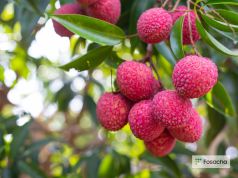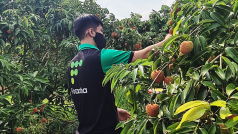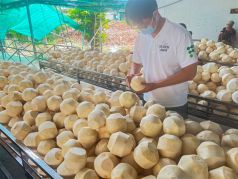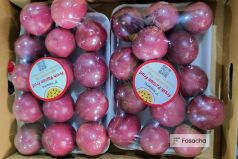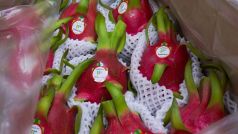As global appetite for tropical fruits grows, Vietnamese lychee stands out as a rising star. In 2025, Vietnam's lychee industry is making bold moves into new, high-value markets while strengthening its foothold in existing ones. This export momentum is driven by certified cultivation practices, traceability, and cold chain investments.
Why FOSACHA Believes It’s Time for a Fruit Brand That Speaks for Vietnam
 11/07/2025 11:17
11/07/2025 11:17
Despite impressive growth in fruit exports, Vietnam still hasn’t built a national fruit brand that carries real recognition in global markets. This absence continues to limit the country’s potential to elevate value-added exports, build consumer trust, and compete with regional peers.
Despite impressive growth in fruit exports, Vietnam still hasn’t built a national fruit brand that carries real recognition in global markets. This absence continues to limit the country’s potential to elevate value-added exports, build consumer trust, and compete with regional peers.
I - A Record-Breaking Export Year — But Still No Name
In the first half of 2024, Vietnam’s fruit and vegetable exports surpassed $7.1 billion USD — a historic milestone driven by durian, bananas, mangoes, dragonfruit, and more. Vietnamese fruit is now present in over 60 international markets, including China, South Korea, Japan, Europe, and the U.S.
Yet, on supermarket shelves across the world, very few consumers can identify a fruit as distinctly “Vietnamese.” Most of the country’s exports are raw, sold in bulk or through intermediaries, and lack consistent branding, origin labels, or a story behind the product. Even with excellent quality, the absence of a national fruit identity weakens perception and reduces competitiveness.
II - Why the Branding Gap Exists
The issue is not one of supply or quality — Vietnam boasts over 1.2 million hectares of fruit-growing land and diverse tropical varieties. But several long-standing barriers prevent the formation of a strong national brand.
a. Fragmented Production
Vietnamese fruit is still largely produced by smallholder farmers. Without unified farming standards, regional coordination, or post-harvest consistency, it's difficult to guarantee a reliable product identity across volumes.
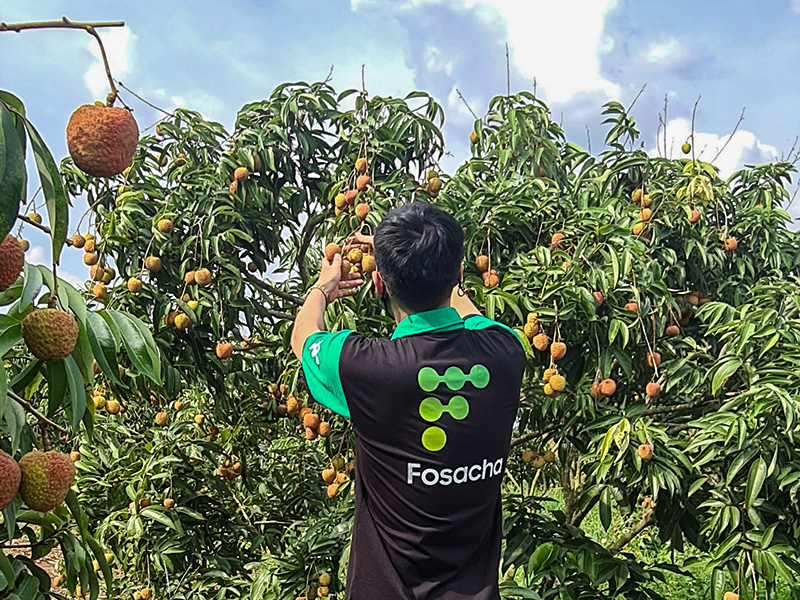 [Vietnamese fruit lacks identity due to fragmented smallholder production and uneven post-harvest practices.]
[Vietnamese fruit lacks identity due to fragmented smallholder production and uneven post-harvest practices.]
b. Weak Traceability Systems
Major export markets now demand full traceability, pesticide transparency, and international certifications like GlobalGAP. Many Vietnamese growers are not yet equipped to meet these expectations, making it harder to build a trustworthy, recognizable product abroad.
c. Limited Branding Investment
Branding isn't just about packaging — it's about consistent messaging, storytelling, and customer engagement. Without a national initiative to support brand identity and origin protection, most exporters cannot afford the long-term marketing investment needed to elevate Vietnamese fruit.
d. Overdependence on One Market
China currently accounts for over 65% of Vietnam’s fruit and vegetable exports. While this is a lucrative market, its emphasis on low price and high volume creates little incentive for brand development. The lack of diversification increases risk and discourages long-term value strategies.
III. What It Costs Vietnam
Without a national fruit brand, Vietnamese fruit is often undervalued in global markets, even when it matches or exceeds competitors in quality. The absence of brand recognition means buyers may favor countries like Thailand, the Philippines, or New Zealand, whose fruits carry stronger reputations and more consumer trust.
The lack of branding also leaves exporters vulnerable to price pressure, unstable demand, and reduced ability to build loyalty with overseas partners. For small farmers, this means lower returns. For the country, it means slower progress in reaching high-income markets.
IV. An Industry Waiting for a Unified Vision
Vietnam has the raw material, the climate, and the capacity to lead in tropical fruit exports. What’s missing is a shared vision to transform quantity into long-term brand equity.
This effort must go beyond individual businesses — it requires a national roadmap. Certification systems, export policies, trade promotion, and consistent messaging under a common brand like "Fruit of Vietnam" must be coordinated between government bodies, trade associations, and private exporters.
V. Where Fosacha Stands
At Fosacha, we see this branding gap as both a challenge and a responsibility. As a company involved in the export of fresh and processed Vietnamese fruits, we’ve made traceability, food safety, and brand identity core parts of our operation. We invest in origin labeling, storytelling, and value-added formats — not just to promote our brand, but to raise the profile of Vietnamese fruit overall.
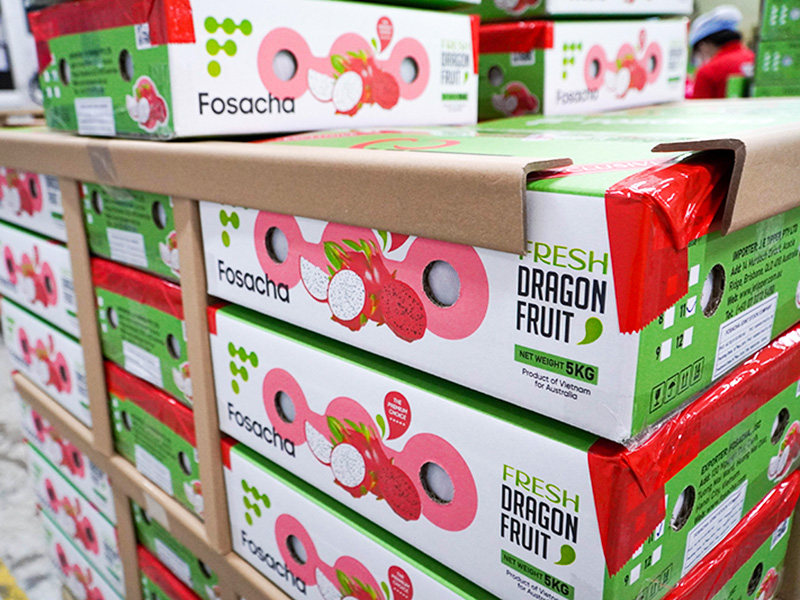 [Fosacha takes the branding gap as a challenge and responsibility]
[Fosacha takes the branding gap as a challenge and responsibility]
Still, we believe that no company can carry this mission alone. A national fruit brand should represent the collective effort of growers, producers, and policymakers — and that’s the conversation we hope to be a part of.
VI. Looking Ahead
Vietnamese fruit is delicious, nutritious, and abundant — but global consumers don’t yet know that. To truly compete on the world stage, we must offer more than product: we must offer identity, trust, and story.
Only then will “Vietnam-grown” become a label that commands attention — and a price — in every market it reaches.
FOSACHA











 Share
Share
 Tweet
Tweet
